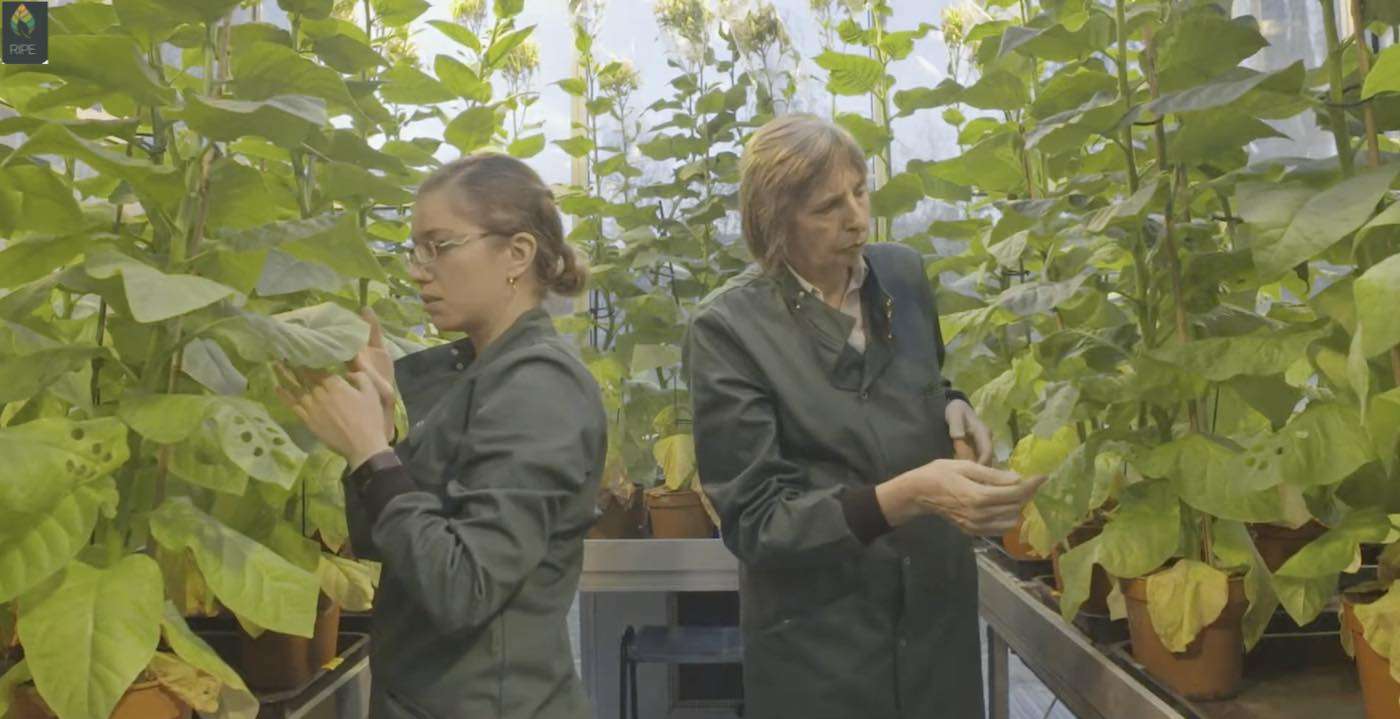A Giant Fusion Reactor Hotter than the Sun to Provide Unlimited Clean Energy Without Waste Marks Milestone
The assembly phase of one of humanity's most-complex engineering projects—a giant nuclear fusion reactor called ITER—launched in France.

A team of researchers are managing to tweak the system of photosynthesis in plants to help them conserve water and increase food yields—and, they are simply adding natural proteins and enzymes to the process.
A University of Illinois-led collaboration called RIPE, Realizing Increased Photosynthetic Efficiency, is working to help plants become heartier in a world where the frequency and severity of droughts may require them to be more resilient—particularly for humans needing to stave off starvation.
All children in school learn about photosynthesis—the process by which plants use light to convert carbon dioxide into energy—and RIPE is breaking down each step in the natural solar-powered assembly line to see whether or not various systems can be improved.
Previous discoveries, along with their recent study, suggest that hacking into a few key photosynthetic processes could improve plant yields by more than 50%.
"Like a factory line, plants are only as fast as their slowest machines," said Patricia Lopez-Calcagno, a postdoctoral researcher at partner school University of Essex, who led this most recent project for RIPE. "We have identified some steps that are slower, and what we're doing is enabling these plants to build more machines to speed up these slower steps in photosynthesis."
Addressing the first of RIPEs goals, increasing yield, the researchers targeted plastocyanin, a protein that works on a schedule shuttling electrons into parts of the photosynthesis process. RIPE found that plastocyanin has an affinity for another protein, and like a transit bus disrupting its timetable by waiting too long at one stop, it slows down the electron-transfer process.
Adding cytochrome c6, a protein found in algae which has a similar function but that is more efficient, allowed plants to increase their yield by 27%. Furthermore, because cytochrome c6 requires iron to work while plastocyanin requires copper, any imbalances in soil mineral content can be worked around by plants opting to rely on one shuttling protein more than the other.
The next place that needed work was the plant's Calvin-Benson Cycle, wherein carbon dioxide is fixed into sugars which feed the plant. Increasing the amount of a key enzyme in the process by bringing in cellular machinery from cyanobacteria, another species of plant, was found to better the ratio of biomass produced per unit of water expended, making them more efficient with the water they received.
This is vital, because research suggests that climate change could be increasing the frequency and severity of droughts in crop-rich regions like the Sahel, or California.
"This study provides the exciting opportunity to potentially combine three confirmed and independent methods of achieving 20 percent increases in crop productivity," said RIPE Director Stephen Long, University Chair of Crop Sciences and Plant Biology at the University of Illinois.
"Our modeling suggests that stacking this breakthrough with two previous discoveries from the RIPE project could result in additive yield gains totaling as much as 50 to 60 percent in food crops."
With help from scientists all over the world, including China and Australia, RIPE is testing to see if these three changes in plants' factory settings can work together to produce the higher yields—starting with tobacco because it's easy to grow, engineer, and test, and eventually moving to widely-used stables like maize, cassava, and soybean.
WATCH the video from RIPE…
PLANT Some Hope With Your Friends By Sharing on Social Media…
Be the first to comment